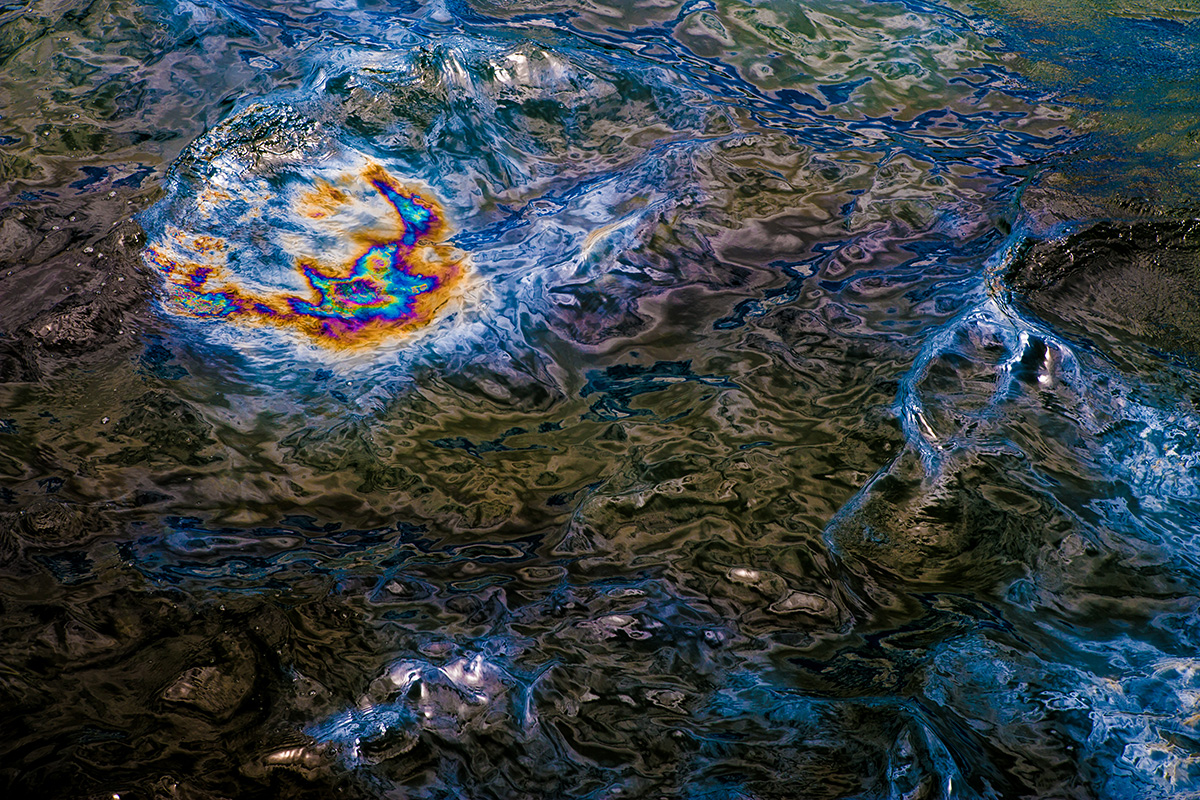The deadly oil-train explosion in Lac-Mégantic, Quebec, on Saturday also sparked an environmental disaster. An oil sheen has stretched more than 60 miles down a river that’s used as a source of drinking water.
By Tuesday morning, 13 people had been confirmed dead and some 37 were still missing after runaway train cars loaded with fracked crude from North Dakota derailed in the town and ignited. Lac-Mégantic’s fire chief said the fire is now under control, but a small area of town is still off limits for safety reasons. Emergency crews continue to search for bodies of the missing. Officials are urging relatives to provide them with DNA, such as on toothbrushes, to help them identify the dead, and are warning that some of the bodies may never be identified.
Meanwhile, water and environment officials are facing up to a crisis of their own. An estimated 26,000 gallons of oil that spilled from the rail cars flowed into the Chaudière River. Residents downstream are being asked to conserve water as municipalities switch to backup sources. From CBC News:
Quebec Environment Minister Yves-François Blanchet told CBC’s Quebec AM that he flew over the Chaudière River Sunday to see the extent of the damage caused by the oil spilled from the derailed tankers.
“What we have is a small, very fine, very thin layer of oil which, however, covers almost entirely the river for something like 100 kilometres from Lac-Mégantic to St-Georges-de-Beauce,” he said.
“This is contained at St-Georges-de-Beauce for the time being, most of it, or almost entirely, and we are very confident we will be in a position to be able to pump most of it out of the river. However, there will be some impact.”
A spokesman for Quebec’s environmental ministry says floating barriers and other tools are being used to block the oil from heading downstream.
But the pollution has already reached the nearby town of Saint-Georges, prompting fears oil could flow into the St Lawrence River.
Air quality in the town is also a concern. Officials say the air is safe, but an odor may remain.



